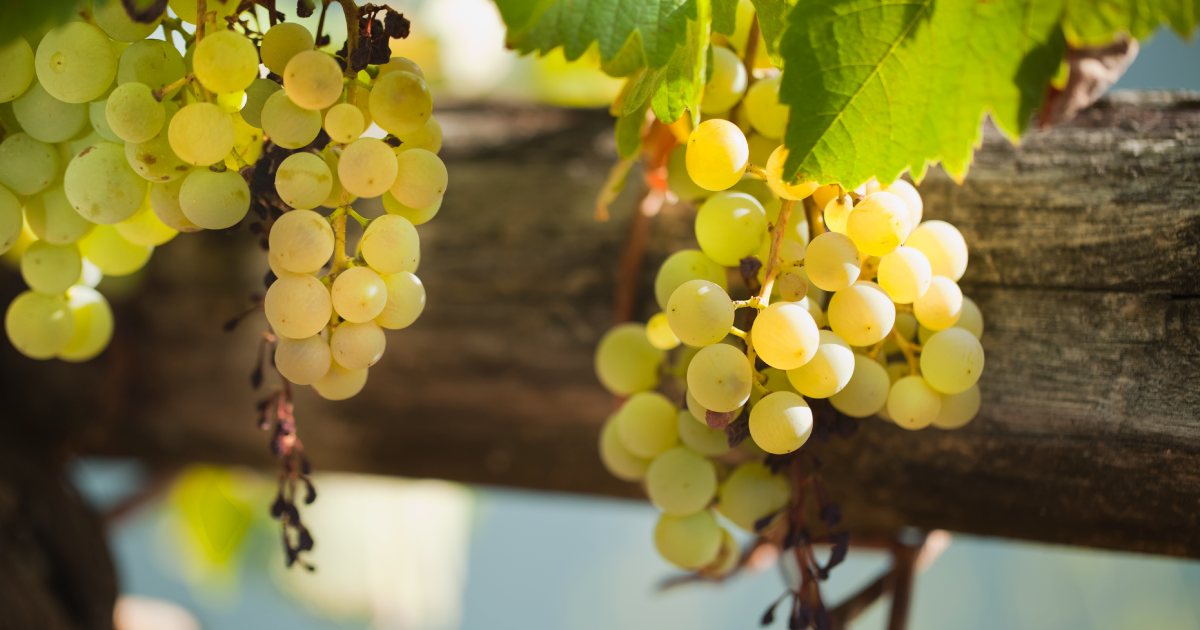
We are close to the end of the year and we cannot forget the fruit that will be the protagonist in many homes on 31 December.
Beyond the custom of saying goodbye to the year with grapes to the rhythm of the 12 chimes, the truth is that the history of grapes goes far beyond this tradition. Practically as long as traces of the first civilisations have been found, grape seeds have appeared, apart from their relationship with the Roman and Greek empires.
Would you like to delve into the history of this ancient fruit?
The grape, our most historic fruit
The grape, in this case its plant, the vine, is one of the earliest known crops. In fact, it is a fruit that has played a fundamental role in the history of mankind, both from an economic and symbolic point of view.
Wine has always occupied a prominent place in Christianity, which is why, since its mythification, the cultivation of vines has multiplied and continues to this day. Apart from the many varieties, today there is a great culture of wine consumption, which is why most of the world's production is destined to the production of these wines.
Back to its history, experts locate its origin in Europe, specifically in the area near the Caspian Sea, from where it gradually reached almost every corner of the Old Continent.
In this respect, the role of the Roman and Greek empires, which were mainly responsible for the development of viticulture, is particularly relevant. The former are considered to be the great architects of the expansion of the vine throughout the breadth of their empire. That is why, nowadays, we find it both in the warm regions of the south and in the coldest countries of northern Europe, where, moreover, it began to be cultivated indoors to protect the fruit from the low temperatures.
As for its expansion throughout the American continent, it is considered that the Spanish settlers were responsible for introducing the vine to North America, from where it began to spread throughout the rest of the continent.
Today, crops are found all over the world, especially in warm regions.
In Europe, the main producers are located in Spain, Italy, France, Portugal, Greece and Turkey; but we can also find high quality production in other countries such as Australia, South Africa, Chile, Argentina or the California area in the United States.
Why do we in Spain eat 12 grapes to say goodbye to the year?
The custom of eating 12 grapes to say goodbye to the year and start the new one on the right foot is a custom popularised in Spain, from where it made the leap to Latin America. However, it is easy to find very different traditions in each country.
In Spain, this tradition dates back to the 19th century and represents, nowadays, good luck for each month of the year. Historically, the grape symbolises union, joy, celebration and festivity.
But what is the real origin of this celebration? There are two different theories as to why in Spain we celebrate the end of the year with the 12 grapes.
On the one hand, it is said that it was at the beginning of the 20th century when the consumption of grapes on New Year's Eve became widespread due to a surplus of grapevines.
In order to increase sales, grape consumption was popularised by making it coincide with the Christmas campaign and selling it in packs of 12. The specific variety was the Aledo grape.
Other theories place the tradition in Madrid at the end of the 19th century as a gesture of satire towards the bourgeoisie, who adopted the French custom of private parties at Christmas and New Year's Eve with plenty of champagne and grapes.
As it has come down to us, during that year the Madrid City Council banned street celebrations, although it did allow gatherings in the Puerta del Sol on New Year's Eve. Many Madrilenians took advantage of this fact to celebrate New Year's Eve in the square, next to the clock, while eating grapes to the rhythm of the chimes.
Grapes, a source of vitamins and properties
Apart from this small part of the history of the grape, and with the end of the current year approaching, we would like to take the opportunity to highlight the benefits of this fruit, which currently has more than 3,000 varieties. Although it is true that some of them are destined for wine production.
A few months ago we published an article on the incredible properties of grapes and in which we went into more detail on their varieties. You can read it by clicking here.






